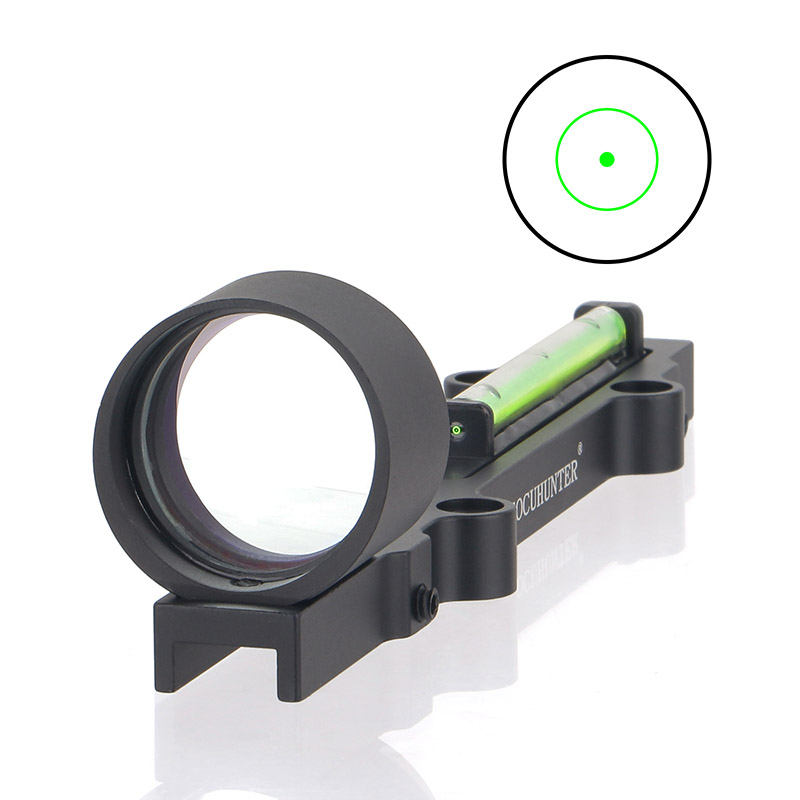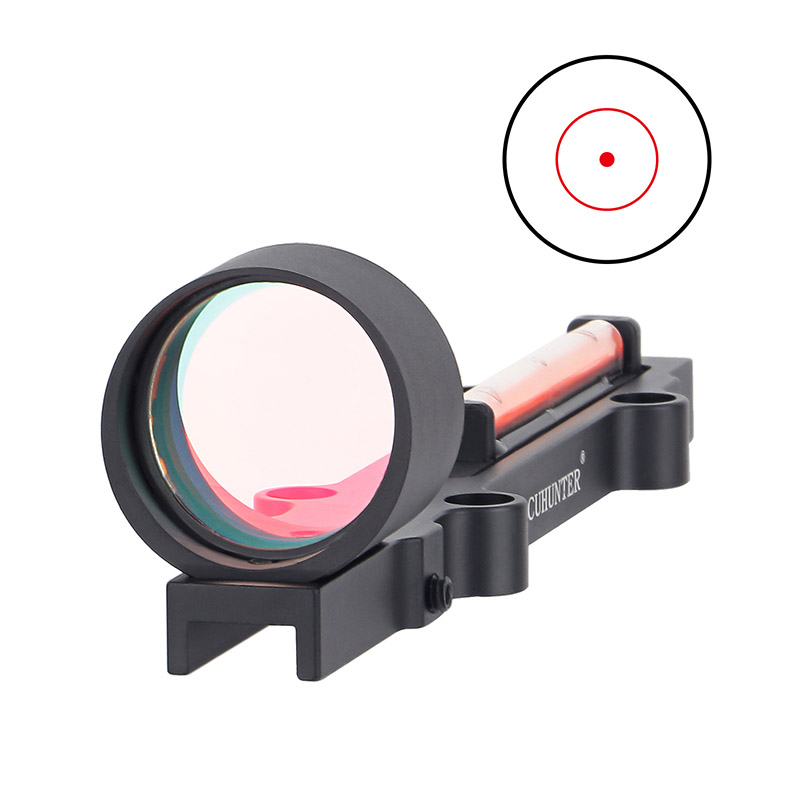Table of Contents
ToggleRed Dot Sight - What Size MOA should you get?
When choosing a red dot sight, a common question is: “What MOA should I choose?” MOA (minutes of angle) is the size of the aiming dot, which determines the size of the red dot on the target. This article will introduce the pros and cons of different sizes of red dots to help you make a more informed choice.
What is MOA?
MOA, or minute of angle, is a unit used to measure angles. 1 MOA is approximately equal to 1.047 inches at 100 yards. Therefore, the larger the MOA, the larger the area covered by the red dot on the target.
Small Red Dot (1-3.5 MOA)
- Advantages
Feedback Information Rich: The small red dot can clearly show the subtle movement of the muzzle, which helps the shooter observe the movement trajectory of the aiming point when pulling the trigger.
- Disadvantages
Distracting: Because they are too small and thin, they look the most jittery of all categories, and may appear to be very jumpy, giving too much information and affecting judgment.
Difficult to see in low light: In sunny conditions, in most cases you cannot make the dot halo spread out, and the small red dot may appear too faint to be seen clearly.
Medium-sized red dots (4-8 MOA)
Advantages
Easy to identify: They are easier to see on the screen, they are less dependent on the brightness of the transmitter, and when you want to shoot quickly, they don’t need to spread out like small dots, and it will provide better information when your sight is bad or you suddenly miss a shot.
Suitable for rapid shooting: When shooting quickly, medium-sized red dots provide better aiming information and are suitable for close and medium-range targets.
Disadvantages
Large Coverage: They will obscure more of the target at long ranges than a fine dot, now this comment is mitigated by the fact that at a typical internal handgun range of 25 to 35 yards, they don’t take up much of the target.
Large Red Dots (10-16 MOA)
Advantages
Fast Identification: Dots between 10 and 16 MOA are not something you’ll typically see on a sliding scope, such as the C-more Steel Challenge Large red dots are great for fast aiming because they stand out on the screen.
Good for Speed Shooting: In scenarios where you need to shoot quickly, large red dots provide aiming information quickly.


- Disadvantages
Obstruction: When shooting at long range, large red dots obscure more of the target area, making it difficult to aim accurately.
Personal Preference
Choosing the size of a red dot is really a matter of personal preference. For some shooters, a medium-sized red dot (such as 5 MOA) provides the best balance, not too large to obscure the target, but not too small to be difficult to identify. It is important to choose a size that suits your shooting style and needs.
Conclusion
Which size red dot you choose, it is important to make a choice based on your needs and preferences. If you mainly shoot at long distances, a small red dot may be more suitable for you. If you focus on rapid shooting, a medium or large red dot may be more suitable. Ultimately, it is key to choose a red dot size that makes you feel most comfortable and effective when shooting.

